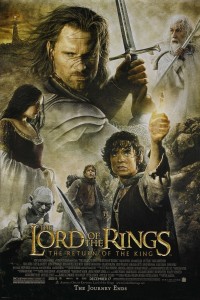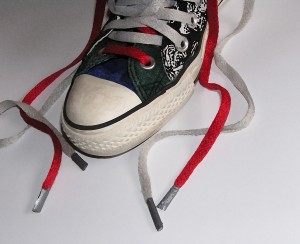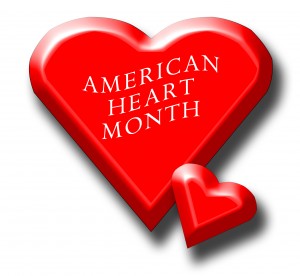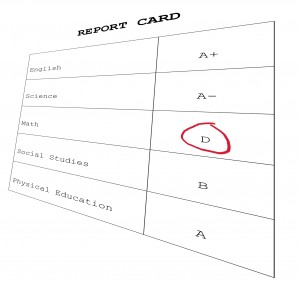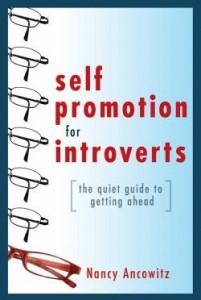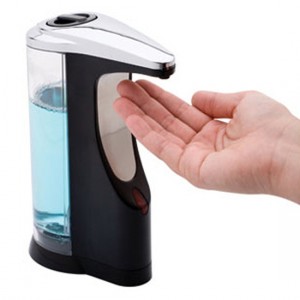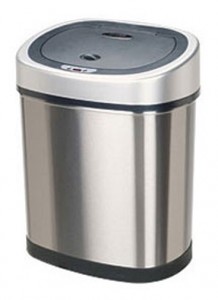The Paws that Refreshes
 Did you know that March 23, 2010, is National Puppy Day? The day was established to encourage adoption of puppies from reputable shelters instead of from pet stores or puppy mills where they can be mistreated or get substandard care. I got my childhood dog, Spot, from the Humane Society when I was in kindergarten. He had already been given that unimaginative name by the shelter, but in their defense, he did have a prominent brown spot amidst his white flanks. When I grew up and had a home of my own, stray cats just seemed to show up on our door step, either pregnant or injured… and we took them in. My sister, another rescuer of strays, is convinced that our house has a secret sign marked “sucker” that only wayward animals can see.
Did you know that March 23, 2010, is National Puppy Day? The day was established to encourage adoption of puppies from reputable shelters instead of from pet stores or puppy mills where they can be mistreated or get substandard care. I got my childhood dog, Spot, from the Humane Society when I was in kindergarten. He had already been given that unimaginative name by the shelter, but in their defense, he did have a prominent brown spot amidst his white flanks. When I grew up and had a home of my own, stray cats just seemed to show up on our door step, either pregnant or injured… and we took them in. My sister, another rescuer of strays, is convinced that our house has a secret sign marked “sucker” that only wayward animals can see.
But it has all been worth it. Having cats and dogs as part of your family can be good for you. They provide unconditional love and companionship, and they have been proven to provide health benefits to their people: lowering blood pressure, reducing anxiety, and warding off depression. We, too, can offer similar health benefits to our critters beyond just food, shelter, and love. Just give your pet a massage! If I may take liberties with the old Coca-Cola slogan, pet massage is the paws that refreshes. Giving Fido or Fluffy a little spa treatment is easy and helpful to cats and dogs regardless of their age.
Benefits of Pet Massage
- Helps increase your pet’s circulation
- Relieves their stress
- Helps them (and you) relax
- Promotes the animal’s flexibility
- Can decrease its muscle pain
- Reinforces the bond between you and your pet
- Helps you learn the feel of your pet, allowing you to identify anything out of the ordinary that you want to tell the doctor about (think monthly breast exams, ladies)
How to Massage Your Pet
Our vet gave us some simple instructions, and my kitties seem to love their massage time. The keys to the best experience are to always use calm, gentle movements, and be aware of your pet’s body language. They will let you know what they like and don’t like (for example, one of my cats loves her belly rubbed — the other, not so much, and I have the scars to prove it).
- Start with your cat or dog lying down on a comfortable, firm surface
- Begin gently stroking around the head and ears (my cats especially love being rubbed along their cheeks, jaw lines and under their chins); lightly rub the ears if your pet likes it
- I like to talk softly to my cats or sometimes sing to them
- Continue with long, soothing strokes from head to the tip of the tail moving in the direction the fur grows
- Using small, slow, circular motions with your thumbs and fingers, massage the back alongside the spine and the down the sides
- Continue around the shoulders and down the arms (yes, I call them arms)
- If your pet will let you, carefully massage between the digits of the paws and the pads
- Softly knead the hind legs and feet, and don’t forget the tail
Cautionary Tails
- Only massage your pet when it is in the mood
- Don’t overdo — pets will get irritated; pay attention to what your animal is telling you
- Only massage cats or dogs that you know very well
- Never use force or be rough with any animal
- Don’t massage the stomach area; you don’t want to injure any internal organs
So Happy National Puppy Day! And don’t forget senior dogs (and cats), too. Many older animals are already very well socialized, have proven temperaments, and have plenty of love to spare to someone who will give them a “furever” home.

